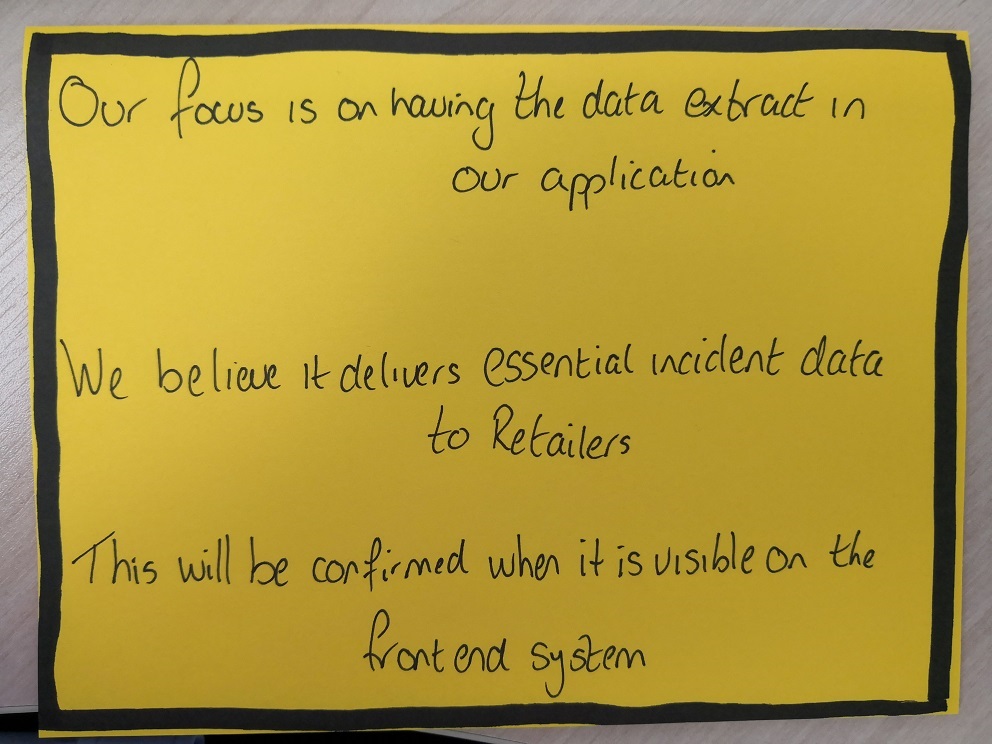The Sprint Goal is mentioned numerous times in the Scrum Guide, however it can be over looked by many teams or seen as an "oh yeah" moment when teams are finishing Sprint Planning.
When I started out in a Scrum Team we never really had a Sprint Goal, our focus tended to be looking at the items in the backlog then saying "Get that done and that one, if not all of them!"
One purpose of the Sprint Goal is to provide focus to the Development Team during the Sprint. If the goal is just a set of items to complete then chances are the team will work in isolation from each other, as each person works on an item with potentially the team pulling in different directions. - Not a great place to be in!
Teams I have worked in have struggled to create a meaningful goal, i.e. one that people can read and easily understand without it being too prescriptive on what the team needs to do.
If you're struggling to create an achievable Sprint Goal that everyone in the team understand and isn't a list of items to complete, then you could use the template below
(This is just a suggestion and not an official thing. If it helps - brilliant, if it doesn't then don't worry. I took inspiration from the User Story template and then asked other Scrum Trainers in Scrum.org their thoughts. )
The first version was this one....
Our focus is on <Achievement>
We believe it delivers <Benefit> to <Customer>
This will be confirmed when <Event happens>
which then evolved into
Our focus is on <Outcome>
We believe it delivers <Impact> to <Customer>
This will be confirmed when <Event happens>
I've tried the template a couple of times, as well as other Scrum Masters I know. The feedback has been positive.
Some Examples:
- Our focus is to have a tidy garage that we can put our car in
- We believe it decreases the risk of the car being stolen and increases our peace of mind
- This will be confirmed when the car is in the garage and out of sight.
- Our focus is to lose a healthy amount of body weight
- We believe it will reduce the strain on my heart
- This will be confirmed when I can run consistently at 5 min/km for 30 minutes
- Our focus is on sending a basic email that contains a link to a spreadsheet
- We believe it delivers confidence in the product to our organisation
- This will be confirmed when we have an email in an inbox
- Our focus is to practice defending corners in Football
- We believe it will enable the team to not concede goals from corners
- This will be confirmed when we defend the goal from corners in a real football match.
Our real example....

A bad example could be....
- Our focus is on finishing all the items supporting the SAP integration.
- We believe it delivers satisfaction and closure for our project manager.
- This will be confirmed when Epic SAP-123 is closed in Jira.
Why is this bad?
Well what happens if you can't close SAP-123 in Jira as it is no longer required, or you find out that there are more things to do? You may as well say that our sprint goal is to finish all the items in SAP-123.
Also should we be focusing on please a colleague, shouldn't our focus on a customer, the person who is going to receive the value?
How about.... [UPDATE]
- Our focus is on having SAP integrated into the Corporate system
- We believe it delivers improved features functionality and increasing productivity to Department X
- This will be confirmed when the colleagues in Department X are using the improved features and can see the benefits.
How did it work in the real world?
Feedback from people who used the template....
The feedback from the Scrum Team was really good. Finally, the Dev Team and Product Owner had a great discussion about Sprint Goal, Stakeholders and Outcomes...
The best takeaway is that we know who is the internal stakeholder we need to ask for feedback and invite for Sprint Review.
The template aids the conversation around the "WHY" the team is doing something, and stays away from the "HOW" - as that is likely to change through the sprint.
It's not an exact science but as someone in a Scrum Team who has struggled to create appropriate Sprint Goals, I feel it is worth experimenting with.
Please let me know what you think and if you have any success with the template - Happy Experimenting !
